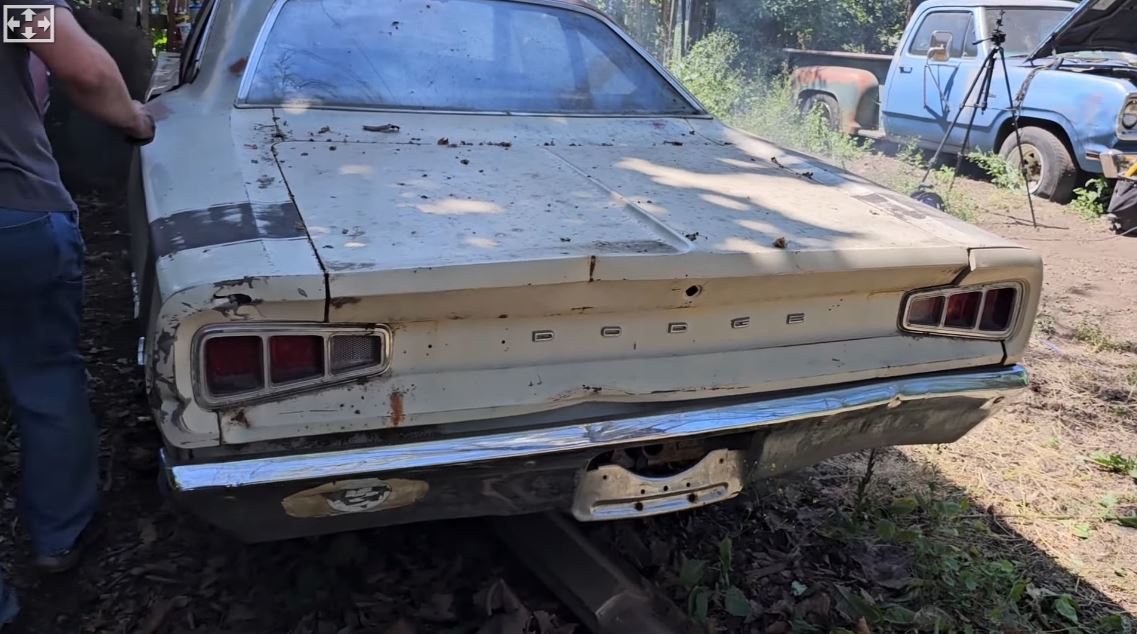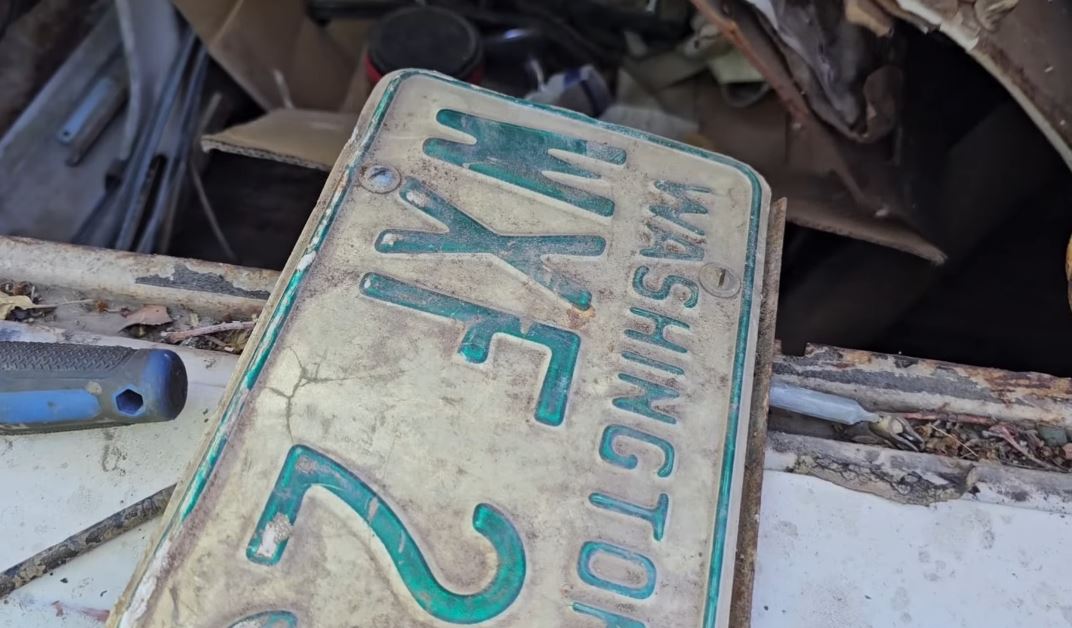For the 1960 model year, Chrysler Corporation introduced one of the best products ever launched by an American carmaker. If you’re wondering, it’s not an automobile but the magnificent inline six-cylinder engine. This magnificent Slant Six plant became legendary for its resilience and endurance. The ‘little engine that could’ was the piston equivalent of a wolverine, generously outliving the cars it was installed into on a regular basis.
However, there are certain situations when even an unbreakable Leaning Tower of Power has to bow to fate. At this point, some of you Moparheads might wonder what it took to put out a Slant Six. I’ll tell you what – the worst land natural disaster in recorded history in the USA (hurricanes notwithstanding): the eruption of Mount St. Helens on May 18, 1980.
The volcanic cataclysm and the resulting landslide wiped out 200 homes, 47 bridges, 15 miles of railways (24 kilometers), 185 miles of roads (298 kilometers), and claimed 57 lives. It also pulled the plug on an iconic Mopar from 1968, a Dodge Coronet equipped with the low-key, entry-level six-cylinder motor. The pyroclastic aftermath left a thick layer of ash on the Chrysler icon, and remnanats of it lasted for over 44 years.
Come 2024, a bunch of wrenchers from the Indirect Connection YouTube channel threw aside all patience. It took the Dodge out of its slumber. The video below reveals that the engine bay is consistently covered in a considerable layer of superfine volcanic ash—very intrusive and highly traumatizing for engine internals.
Leave it to the Slant Six to take on a volcanic eruption and shake it off forty-four years later: the one-barrel carburetor needs deep cleaning, obviously, and so does the distributor, but it’s otherwise in a decent shape overall. Considering the amount of geology that’s literally inside the engine compartment, the 225-cubic-inch die-hard piston assembly is a true survivor. I know we use the terminology to describe cars that haven’t been altered since they left the factory, but how many can shake off a volcano blast?
The 3.7-liter motor was good for 145 hp and 215 lb-ft in 1968 (147 PS, 292 Nm). We don’t know what transmission is in this car, but we can tell it’s a Coronet Deluxe (the entry-level model in 1968) because that was the only post coupe in the lineup. Since it has the Inclined Six engine in it, it is a three-speed, no matter what, either the manual or the Torqueflite automatic.
Around 32,000 Coronets of all body styles were granted the right to bear the inline-six powerplant for the 1968 model year out of a total production of 213,000 units badged with the nameplate. We have no details about this particular car’s history, like how the eruption affected it and how no one has saved it until now. However, it’s still a cool Mopar (even if it isn’t one of the Scat Pack’s high-speed trio), in stark contrast to its rugged looks and worn-out stance.
As a final note on this rescue-wrenching adventure of the YouTubers, it should be noted that the May 1980 explosion of Mount St. Helens in Skamania County, Washington, is considered the largest surface landslide in recorded history, instantly wiping out over 1,300 feet of the crater’s altitude.
In a matter of seconds, the volcano went from 9,677 ft (2,950 m) to 8,363 ft (2,549 m) in the blink of an eye. The ash cloud rose to 80,000 feet (24,400 meters) into the atmosphere in less than 15 minutes, and the fallout was detected over an area of 22,000 square miles (57,000 square kilometers).

